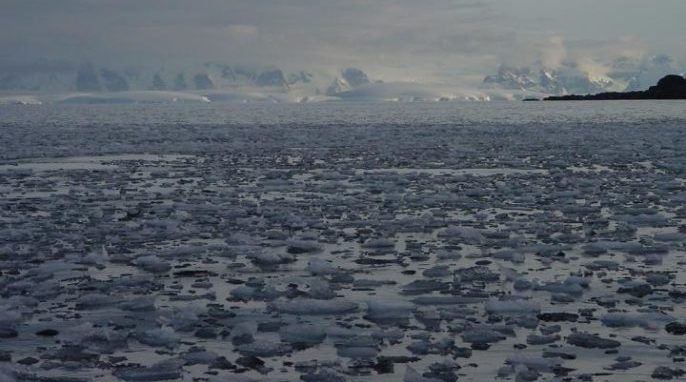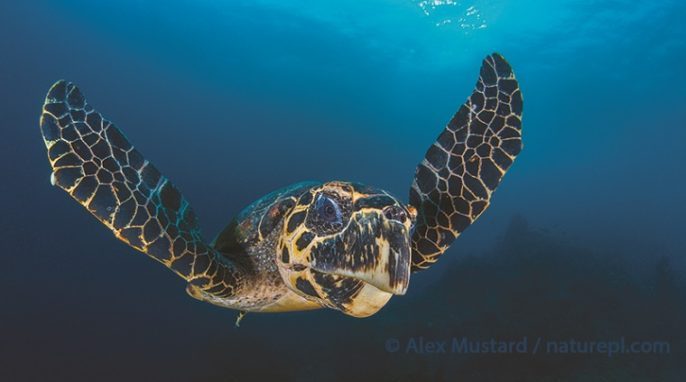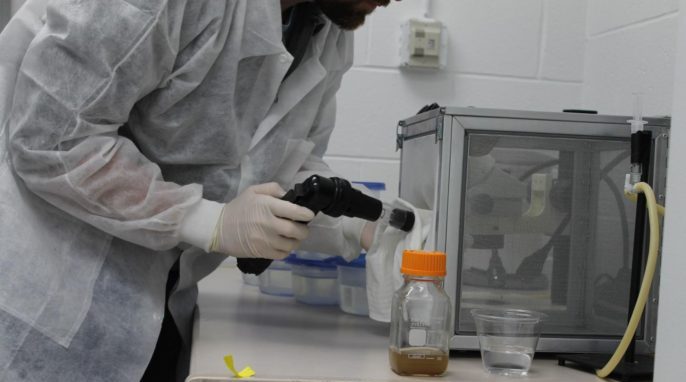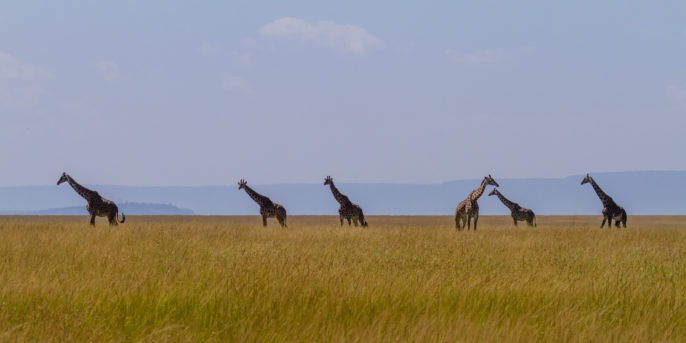What Happens When Antarctica Melts?
By Kate Stone Between December 2001 and February 2002, the Antarctic continent underwent a season of intense melting. Aside from the loss of ice, what really happens when Antarctica melts? New research reveals that the changes range from sped-up microbial food webs to shifting penguin populations. The clash of two climatic cycles, the Southern Annular Mode and the El Niño Southern Oscillation, produced an unusually warm and windy spring season across Antarctica back in 2001–2002. This climate event melted glaciers including the Totten Glacier, thinned lake ice, and caused startling…
Read More









